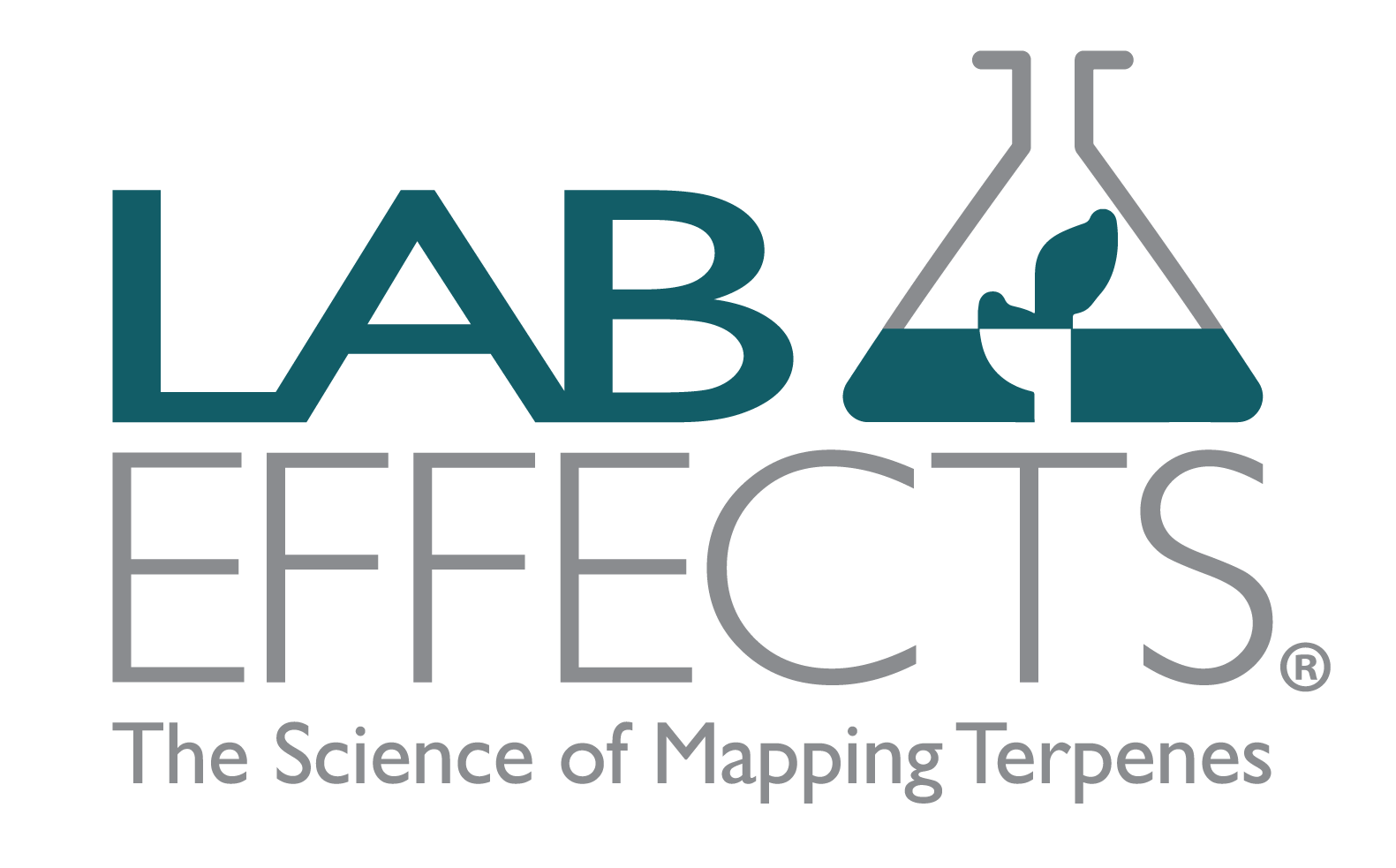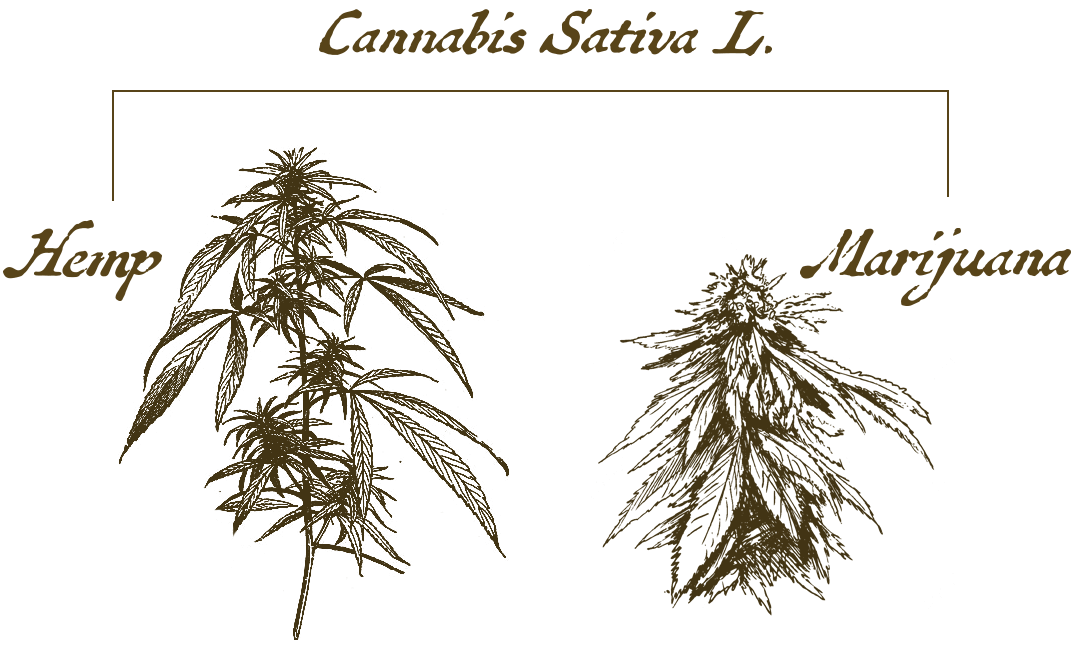
Headaches and migraine episodes can be absolutely terrible. From tension in the neck and shoulders to pounding pain in your temples (and maybe even what feels like a little ice-pick action through an eyeball), this kind of misery can feel overwhelming.
Using natural remedies is becoming a popular option when standard pharmaceutical options fail to deliver much-needed relief from migraines. Do you have other options?
Here’s everything you need to know about the potential benefits of cannabis and terpenes for migraines and headaches.
What’s the Difference Between a Headache and a Migraine?
A headache is a generalized pain in the head that can be caused by a variety of triggers. Lack of sleep, high blood pressure, exposure to environmental triggers, or even food sensitivities can all cause headaches.
Many headaches can be treated with over-the-counter or prescription medication on the advice of a medical professional, but frequent, severe headaches that are resistant to these methods may require alternative treatment.
Migraine headaches, when they happen, are more frequent and impact your ability to function. So much so that you’ll often hear folks describe them as “migraine attacks.” They come with additional symptoms, such as nausea, vertigo, light sensitivity, and visual disturbances.
Migraine treatment usually requires a period of trial and error as your doctor works to identify your migraine triggers. Under standard medical advice, the goal is to not only stop immediate migraine pain but also put together a migraine treatment plan to prevent episodes.
Migraine patients should keep a journal of their episodes, including common triggers, intensity of migraines, duration of migraine pain, and additional symptoms. This can help in finding the best combination of cannabinoids and terpenes for individual migraine sufferers.
What Are the Best Cannabis Strains for Migraines?
An increasingly popular pain management option for people with frequent chronic migraine episodes is medical cannabis, thanks to the chemical compounds that have pain-relieving attributes.
Active ingredients in cannabis that modulate patients’ pain perception and other symptoms include Δ9-tetrahydrocannabinol (THC), cannabidiol (CBD), and terpenes. Cannabinoids like THC and CBD have a myriad of effects, including psychoactive effects. Terpenes are the chemical compounds that give plants their aroma and flavor.
There is increasing evidence for the various therapeutic benefits of cannabis and its associated chemical compounds, particularly in the treatment of chronic pain conditions. These benefits are expected to extend to the treatment of migraine and headaches, reducing the need for and potential dependence on pharmaceuticals.
Studies of the use of medical cannabis in migraine management have demonstrated that medical marijuana has a significant clinical response, reducing both the length and frequency of migraines without causing severe adverse effects.
So, what should you look for if you decide to try using cannabis for your migraines or headaches?
What Is the Best Strain for Migraines?
Migraine is a lifelong neurological condition with persistent head pain as just one symptom among many. Unlike traditional headaches, which usually cause pain in the forehead, the back of the skull, or the sinus areas, migraines often affect only one temple, the eye socket on one side, or an entire side of the face.
Different cannabis strains seem to work better for patients with migraines than others, but it is always situation-dependent. When it comes to treatment for migraine, the following marijuana strains seem to be among the most popular for migraine relief:
- ACDC
- Berry Smell
- Blue Amnesia Haze
- Blue Dream
- Blue Monkey
- Jack Herer
- Lemon Sour Diesel
- Master Kush
- Northern Lights
- OG Shark
- Pink Kush
- Purple Kush
- Purple Urkle
- Skywalker OG
- White Widow
Many of these strains are related (note the number of kush-strains on the list). Part of the reason many of these strains are preferred by migraineurs may be that they have similar terpene profiles, giving them an extra boost of headache-fighting capability.
Indica or Sativa for Migraines?
Many cannabis users are still having cannabis products marketed to them as “indica” or “sativa.” This terminology dates back to the early days of cannabis cultivation when there were two distinct original classes of cannabis: indica and sativa.
Through years of cross-breeding and cross-pollination, pure versions of sativa or indica are likely extinct, replaced by thousands of hybrid strains. Scientists agree that the line has been fully blurred and that neither sativa nor indica strains still exist in a pure form.
However, many users and growers continue to lean on these terms when describing the general attributes of their cannabis strains. You may find that specific strains are referred to as being sativa or indica “dominant” based on their general effects or supposed lineage.
Generally, sativa-dominant strains are expected to deliver a more cerebral experience, while indica-dominant strains provide more full-body relaxation. Depending on the user and their specific type of head pain, the strain chosen may be sativa-dominant, indica-dominant, or a balanced hybrid.
Which terpenes are present and in what quantities can cause a cannabis strain to lean more “indica” or “sativa” when it comes to the type of experience it provides. Of course, all cannabis and terpene experiences are highly individual, and most people have to experiment a bit before finding the right strain for their needs.
THC for Migraines
Of the two most popular cannabinoids, CBD and THC, THC is the most popular among those who experience frequent headaches or migraine episodes. THC can alter how the brain perceives and processes pain while providing a psychoactive experience that relieves other symptoms as well.
So, Can Terpenes Help With Migraines?
Many researchers think that using cannabis can affect cannabinoid (CB) receptors in such a way as to mitigate migraine symptoms including pain. Cannabis use may even have a preventive effect for some migraine and headache sufferers.
CB receptors can be targeted by both cannabinoids, like CBD and THC, and by terpenes, which have a synergistic effect with cannabinoids.
Most terpenes work synergistically with cannabinoids, enhancing their therapeutic effects. Many have also been found to have therapeutic potential on their own. The terpene profiles found in different strains of cannabis can regulate their analgesic properties.
Terpenes are only just now being studied independently for their potential use in mitigating symptoms caused by migraine episodes or frequent headaches, but here’s what the science tells us so far.
Disclaimer: Terpenes are non-polar, oil-based hydrocarbons that, in pure form, can be very potent and sometimes volatile, flammable, and even corrosive compounds. For this reason, they should strictly be used by experienced and trained manufacturers, and we advise those who are unfamiliar with these compounds to exercise caution.
Best Terpenes for Migraines
Based on studies and surveys of patients using cannabinoids and terpenes for migraines and headaches, strains high in THC, β-caryophyllene, and β-myrcene are typically preferred.
Migraine syndromes have long been linked to neuroinflammatory conditions. It shouldn’t be surprising that migraine sufferers tend to favor cannabis strains high in terpenes known for anti-inflammatory and pain-relieving properties.
Additionally, terpenes known to help alleviate other migraine-related symptoms, such as nausea, vomiting, and sleeplessness, are commonly found in cannabis strains chosen by migraine sufferers.
Overall, the best terpenes for migraines, according to available research, include:
Beta-caryophyllene
Beta-caryophyllene has a sharp, spicy smell and flavor many describe as “peppery.” It can activate CB2 receptors, which play a major role in reducing inflammation.
Beta-pinene
Beta-pinene has a minty scent and a resinous taste. In a study of rats with diabetes (another inflammatory disease), beta-pinene treatment appeared to display strong potential as an anti-inflammatory treatment.
Delta-3 Carene
Delta-3 carene has a sweet citrusy smell and taste of lemon and pine. Essential oils from plants containing this terpene have been found to have anti-inflammatory properties.
Linalool
Linalool has a light, citrusy flavor and smells strongly of lavender. It has strong potential as an anti-inflammatory agent, reducing several key markers of inflammation.
Myrcene
Myrcene has a sweet, spicy flavor and a rich, layered aroma. It’s also been shown to have potential for fighting inflammation and supporting analgesic effects.
Best Terpenes for Headaches
Headaches and migraine episodes may seem similar but aren’t the same. Migraines often have additional symptoms such as sensitivity to light, sound, and smells; visual disturbances such as aura; and intense, unrelenting pain that doesn’t respond to standard headache treatments.
Headaches, while often less complex, can be just as painful as a standard migraine episode. However, treatment typically focuses on basic pain relief, as other symptoms common during a migraine attack are less likely to occur.
Terpenes popular among those seeking to treat their headache pain naturally include the following:
Borneol
Borneol tastes vaguely of menthol and smells similarly to camphor. Studies show it has many potential healing applications to fight inflammation and ease pain without drowsiness, which can be helpful if you need to power through a headache.
Eucalyptol
Eucalyptol has a minty-fresh odor and taste. It’s the subject of much study concerning its anti-oxidative effects, believed to be the secret behind alleviating pain and inflammation.
Limonene
Limonene has a citrusy, bitter odor and pungent flavor. Its potential value as an analgesic has been widely studied, particularly in the context of chronic pain.
Nerolidol
Nerolidol has a milder, more delicate odor and flavor, often described as floral. It has been shown to have a sedative effect, making it the ideal choice for those who want to try to “sleep off” their headache.
Lab Effects: Your #1 U.S. Source of Natural Botanical and Cannabis Terpenes
Lab Effects has more than 40 true-to-flower predominant cannabis-derived terpene strains derived from 100% natural plant-derived sources. We never use artificial additives or chemicals; our essential oil bases are infused with 100% all-natural cannabis terpenes and are appropriate for use by manufacturers in the U.S. and abroad.
We also specialize in additional terpene products, including powder terpenes and therapeutic terpene blends. Ask us about customizing terpene blends to your customer base’s preferences, and then place your wholesale cannabis terpenes order today.
Lab Effects is cGMP certified, ISO 9001 certified, HACCP certified, FDA registered, and ANAB accredited.
References
- https://pubmed.ncbi.nlm.nih.gov/34589318/
- https://pubmed.ncbi.nlm.nih.gov/30152161/
- https://www.ncbi.nlm.nih.gov/pmc/articles/PMC9845509/
- https://www.ncbi.nlm.nih.gov/pmc/articles/PMC9506374/
- https://www.ncbi.nlm.nih.gov/pmc/articles/PMC6177269/#:~:text=THC%20significantly%20reduced%20patients’%20pain,ACC
- https://www.ncbi.nlm.nih.gov/pmc/articles/PMC8459575/
- https://www.ncbi.nlm.nih.gov/pmc/articles/PMC3165946/
- https://pubmed.ncbi.nlm.nih.gov/29797104/
- https://thejournalofheadacheandpain.biomedcentral.com/articles/10.1186/s10194-021-01271-1
- https://www.ncbi.nlm.nih.gov/pmc/articles/PMC9129963/
- https://pubmed.ncbi.nlm.nih.gov/2747263/
- https://link.springer.com/article/10.1007/s11064-015-1629-7
- https://www.ncbi.nlm.nih.gov/pmc/articles/PMC9319952/
- https://www.hindawi.com/journals/tswj/2013/808460/
- https://www.hindawi.com/journals/ecam/2013/502727/
- https://www.intechopen.com/chapters/72869
- https://pubmed.ncbi.nlm.nih.gov/23765368/



